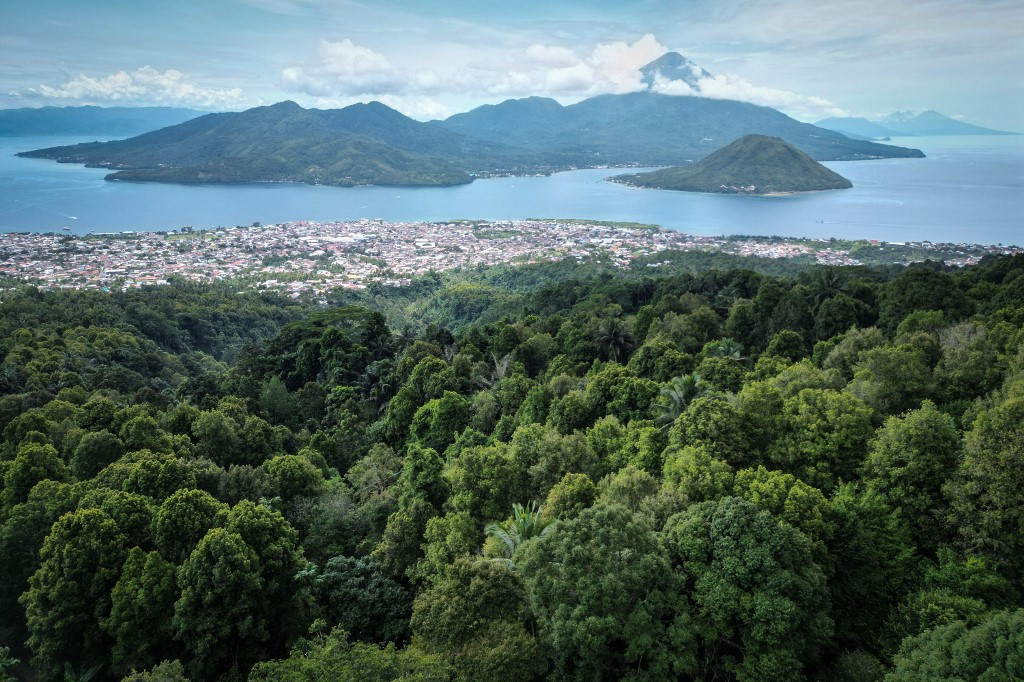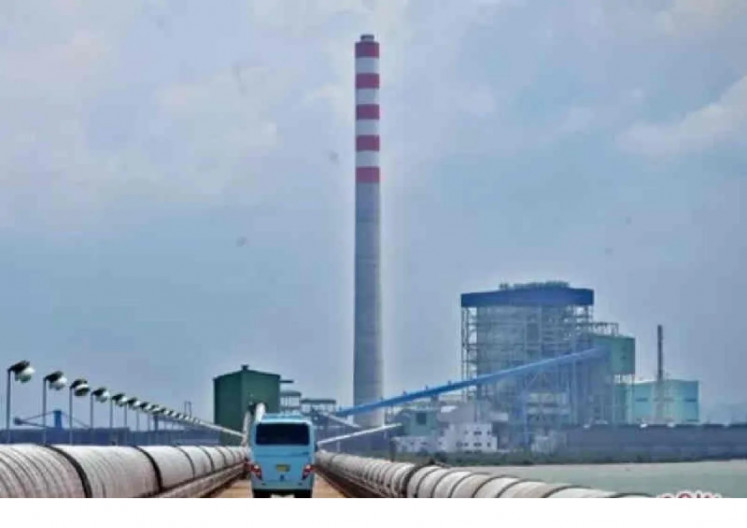Popular Reads
Top Results
Can't find what you're looking for?
View all search resultsPopular Reads
Top Results
Can't find what you're looking for?
View all search resultsSustainable finance in transition: A sharper focus
Despite the general pullback trend in sustainable finance and early signs of saturation, more flexible instruments like SLLs present better resilience as the broader energy transition investment landscape moves toward selectivity, and this juncture of strategic adjustment is where Indonesian banks come in.
Change text size
Gift Premium Articles
to Anyone
G
lobal sustainable debt issuance saw a slow start in early 2025 when it reached US$316 billion, down 44 percent from the first quarter (Q1) of 2024. The sharpest declines came from the loan segment, with green loans dropping 76 percent and social loans 67 percent.
This slowdown has been widespread across regions. Major European economies like France and Germany saw year-on-year (yoy) declines of over 60 percent while the United Kingdom fell nearly 25 percent. In Asia, Japan saw a 57 percent drop and China 33 percent.
The pullback in sustainable finance, which reflects more than just cyclical caution, is a significant trend. Early this year, the United States government withdrew from the Paris Agreement for the second time and cut funding for USAID’s climate-related programs. These actions reduced clarity around the long-term climate stance of the US, being a major player in the global economy. This uncertainty created ripples on the sustainable finance industry, influencing investment decisions and market dynamics.
Several major global banks that once led in sustainability have also been affected. Morgan Stanley and JPMorgan exited the Net-Zero Banking Alliance (NZBA) early this year, following similar moves in 2024 by Goldman Sachs, Bank of America, Citi and Wells Fargo. These exits came after they withdrew from the Equator Principles, one of the key voluntary standards for managing environmental and social risks in project financing. These decisions indicate weakening appetite among major financial institutions for long-term climate alignment.
Despite the overall slowdown in issuance, specific sectors and instruments have shown remarkable resilience. Financial services, for instance, was the only primary sector to witness growth in sustainable bond issuance, rising 2.5 percent yoy to $124.3 billion in Q1 2025.
On the lending side, sectors with clearer transition pathways such as energy, technology and telecommunications and real estate continued to attract capital. Market concentration also remains high. Players like BNP Paribas, JP Morgan, Mediobanca and Bank of China dominated these issuances, reflecting both institutional expertise and regional variations in environmental, social and governance (ESG) policy implementation.
One product gaining significant traction is the sustainability-linked loan (SLL). In ASEAN markets, SLLs jumped from zero in Q1 2024 to $6.4 billion in Q1 2025.
Your Opinion Matters
Share your experiences, suggestions, and any issues you've encountered on The Jakarta Post. We're here to listen.
Thank you
Thank you for sharing your thoughts. We appreciate your feedback.


















